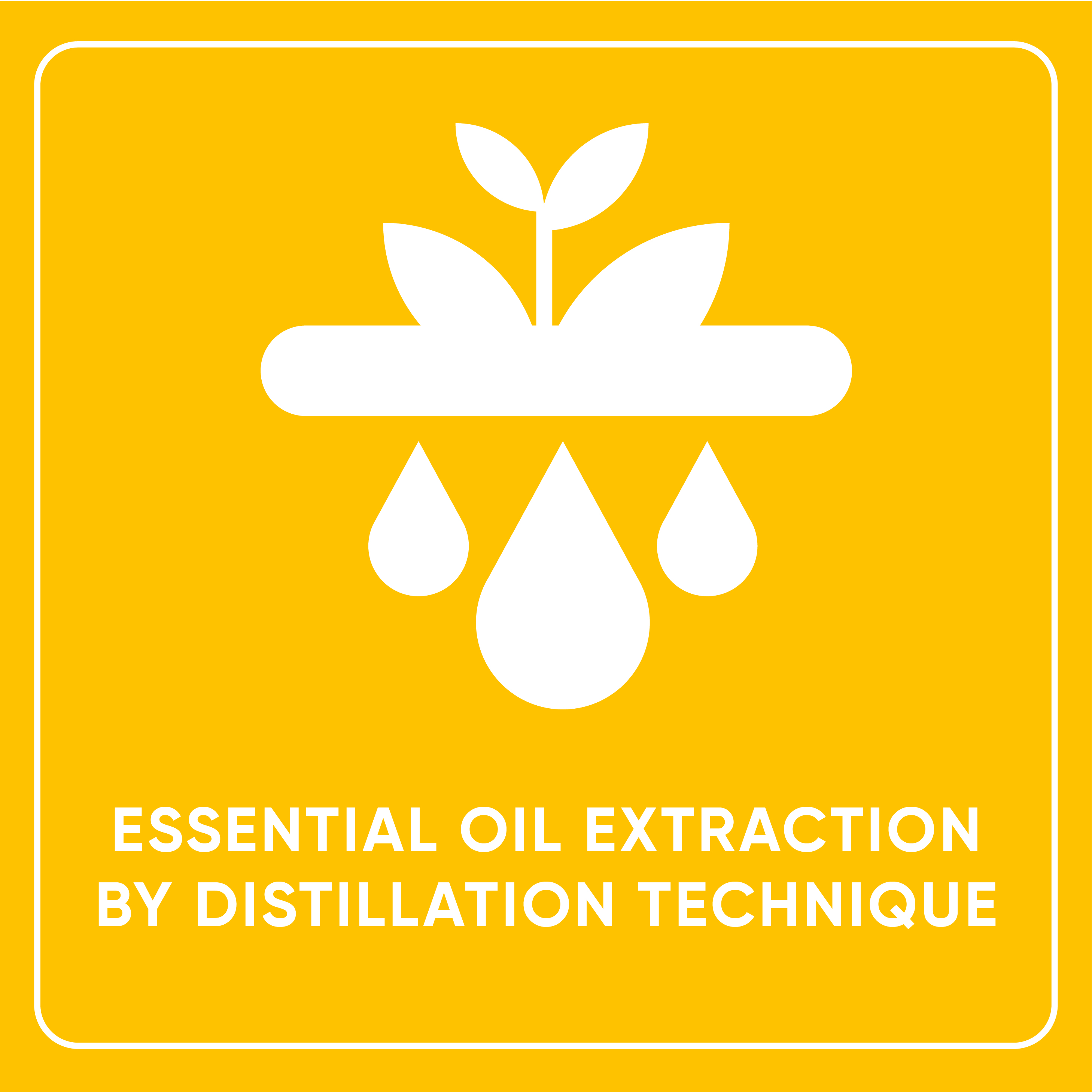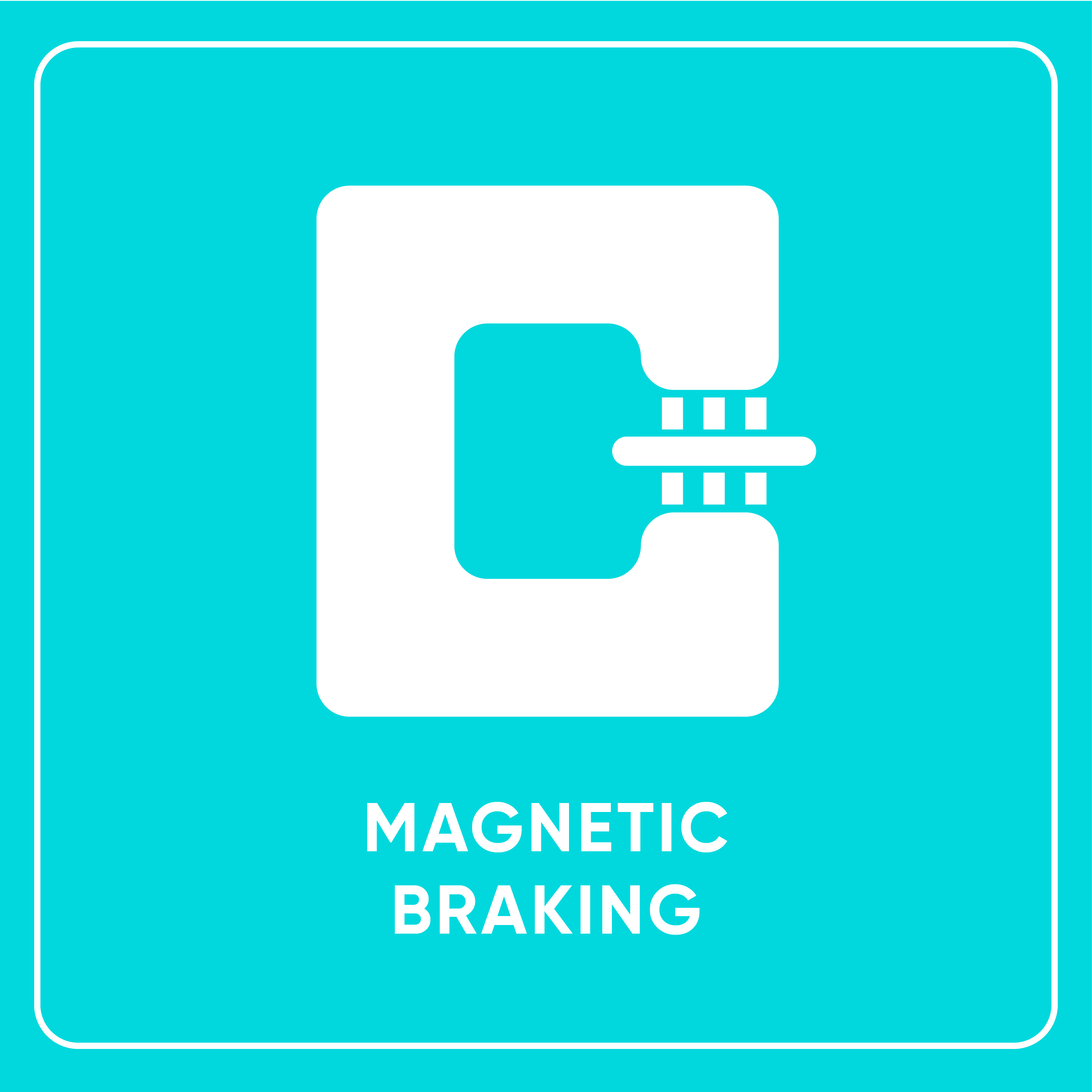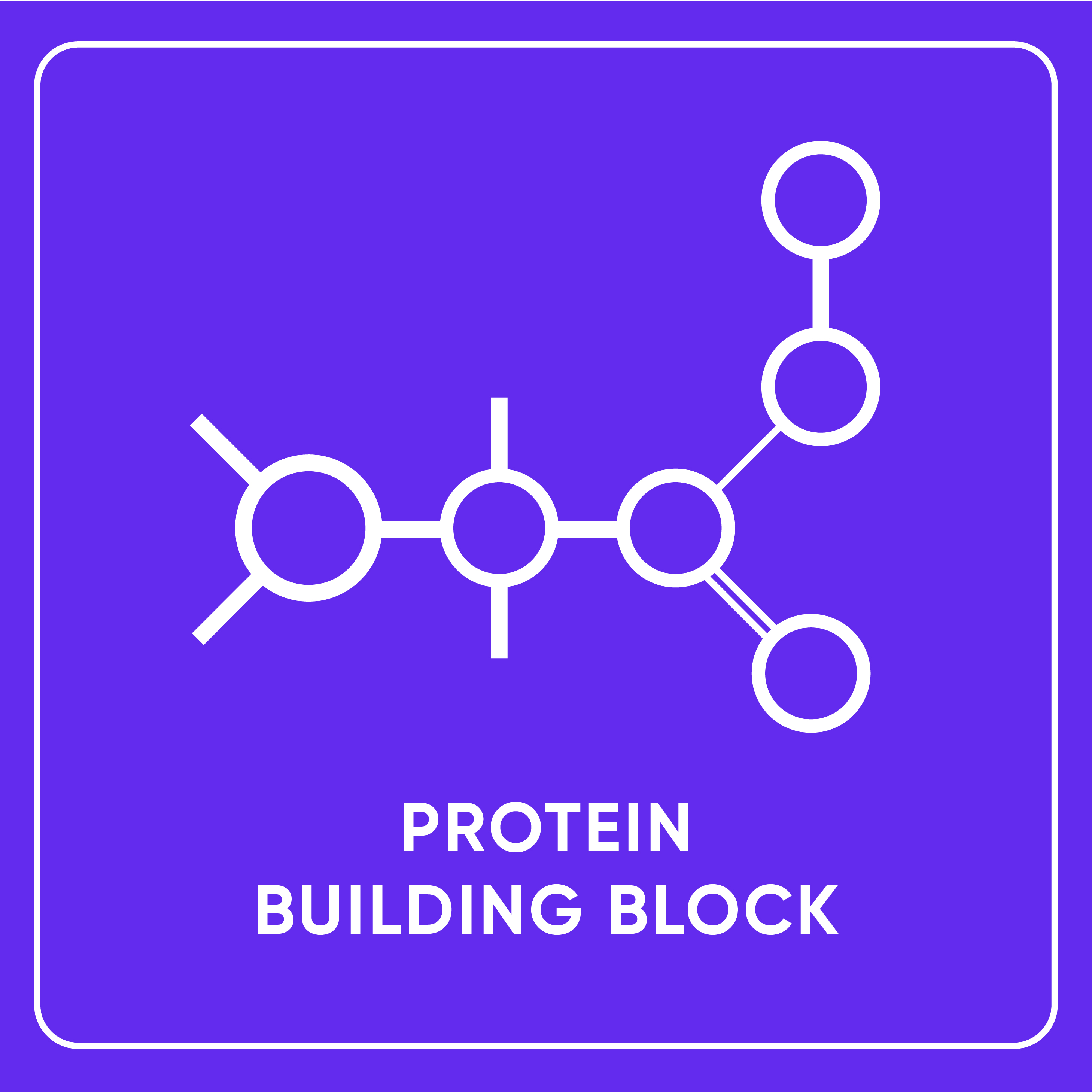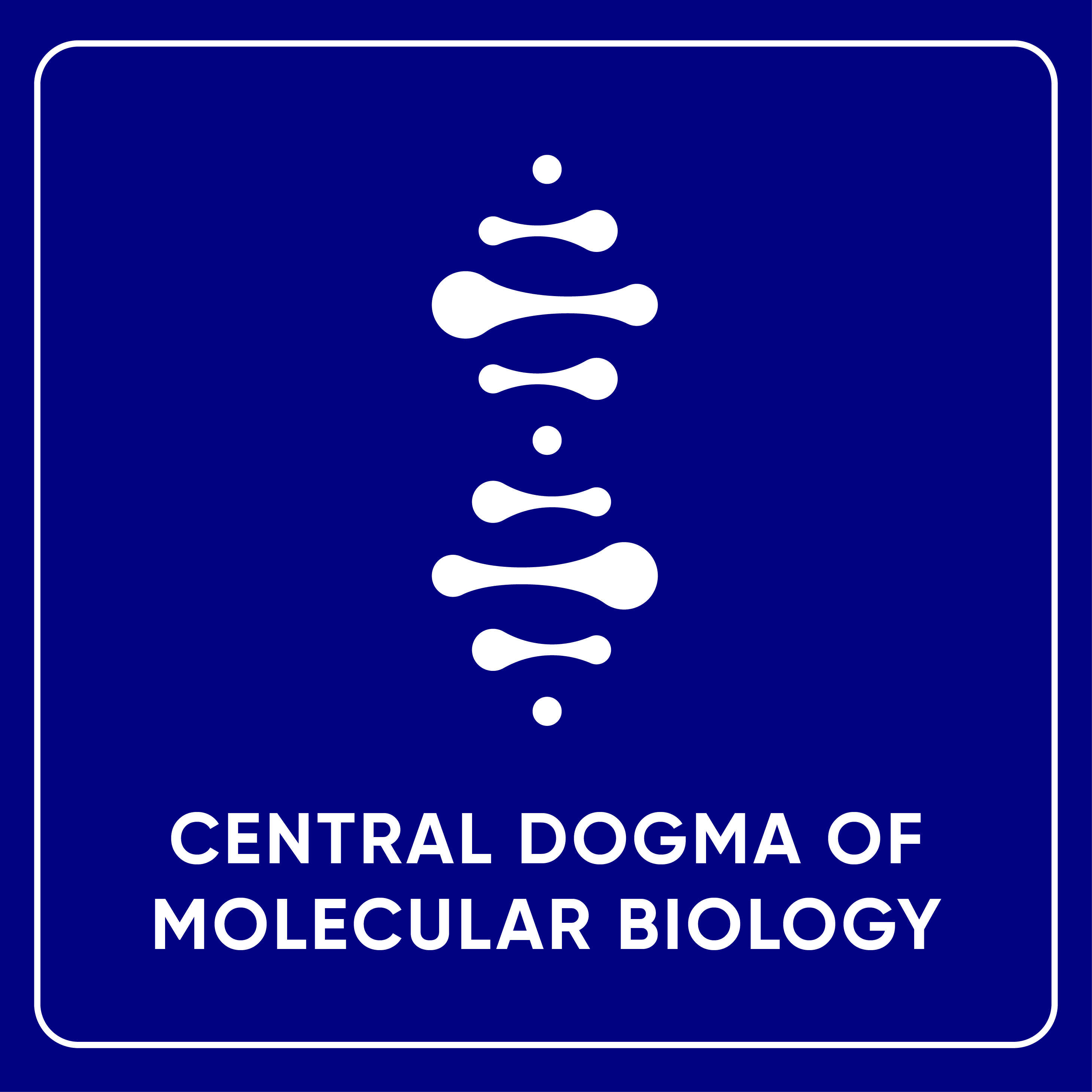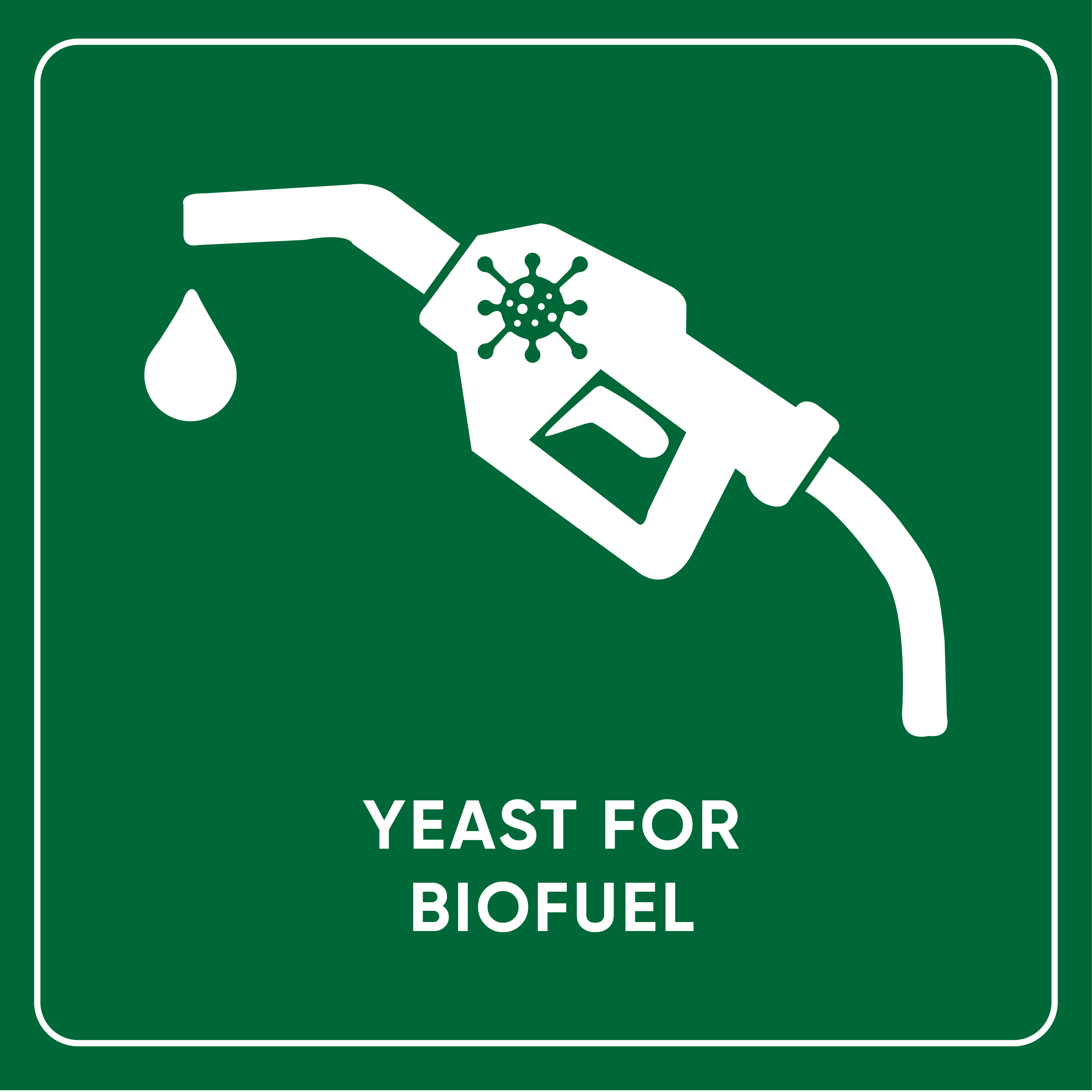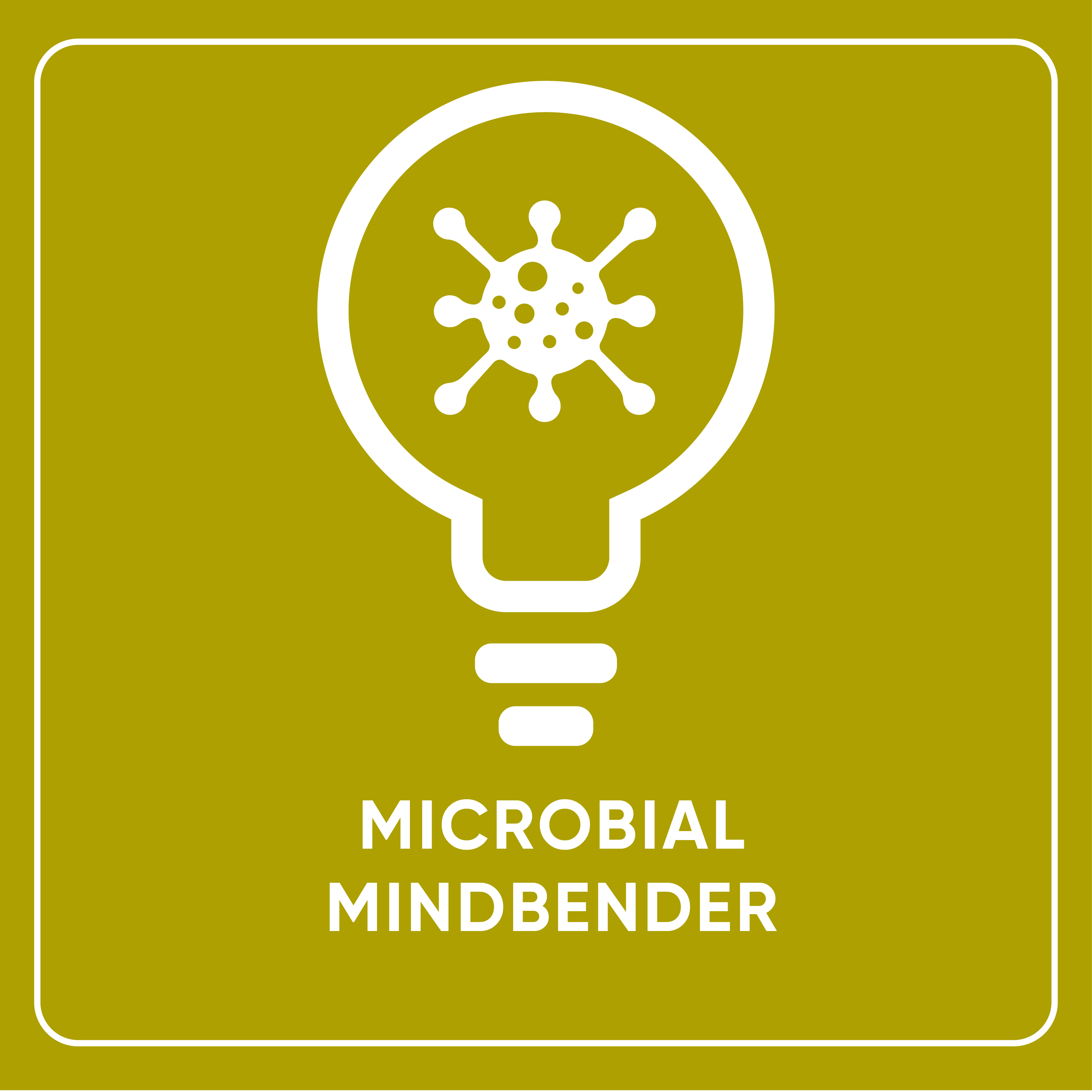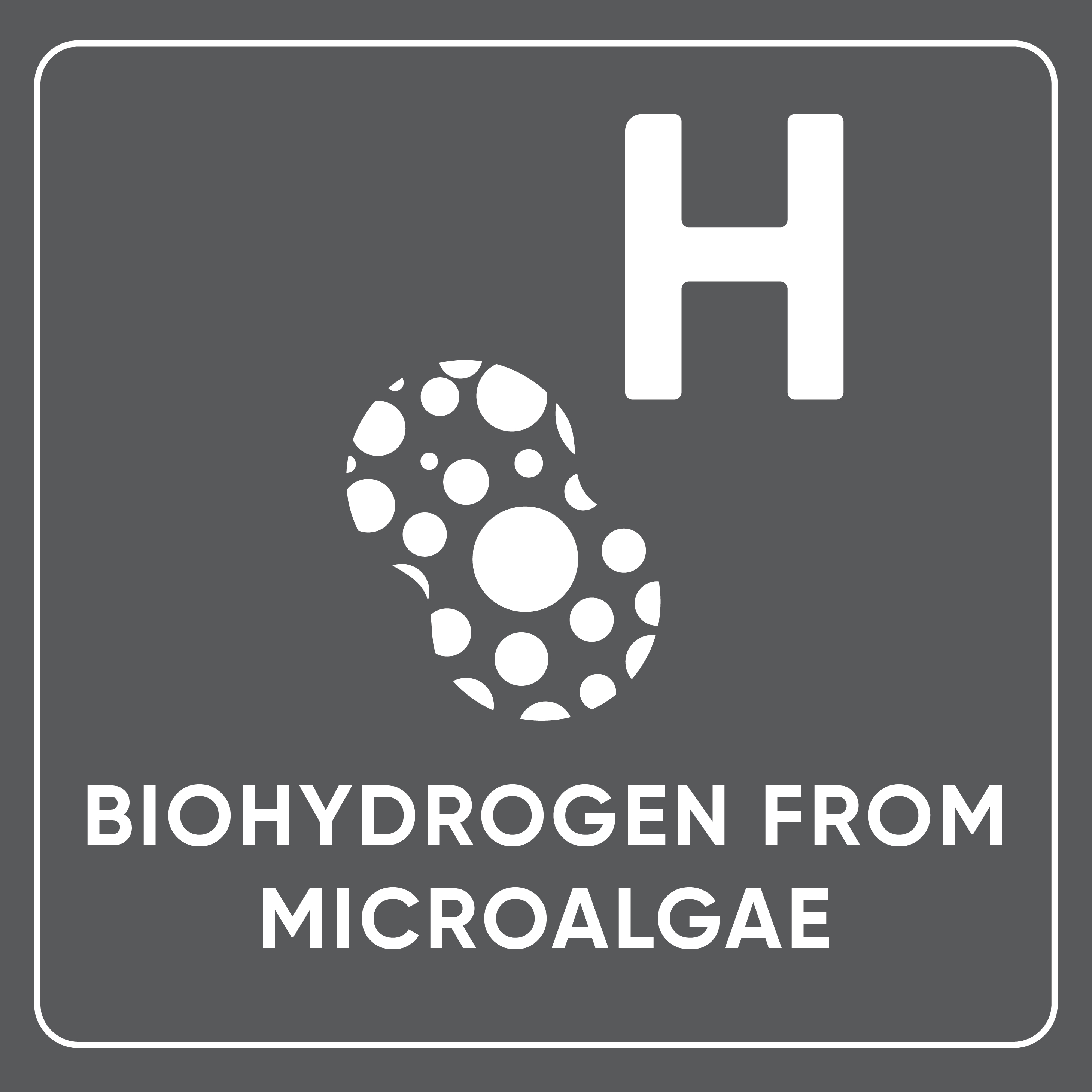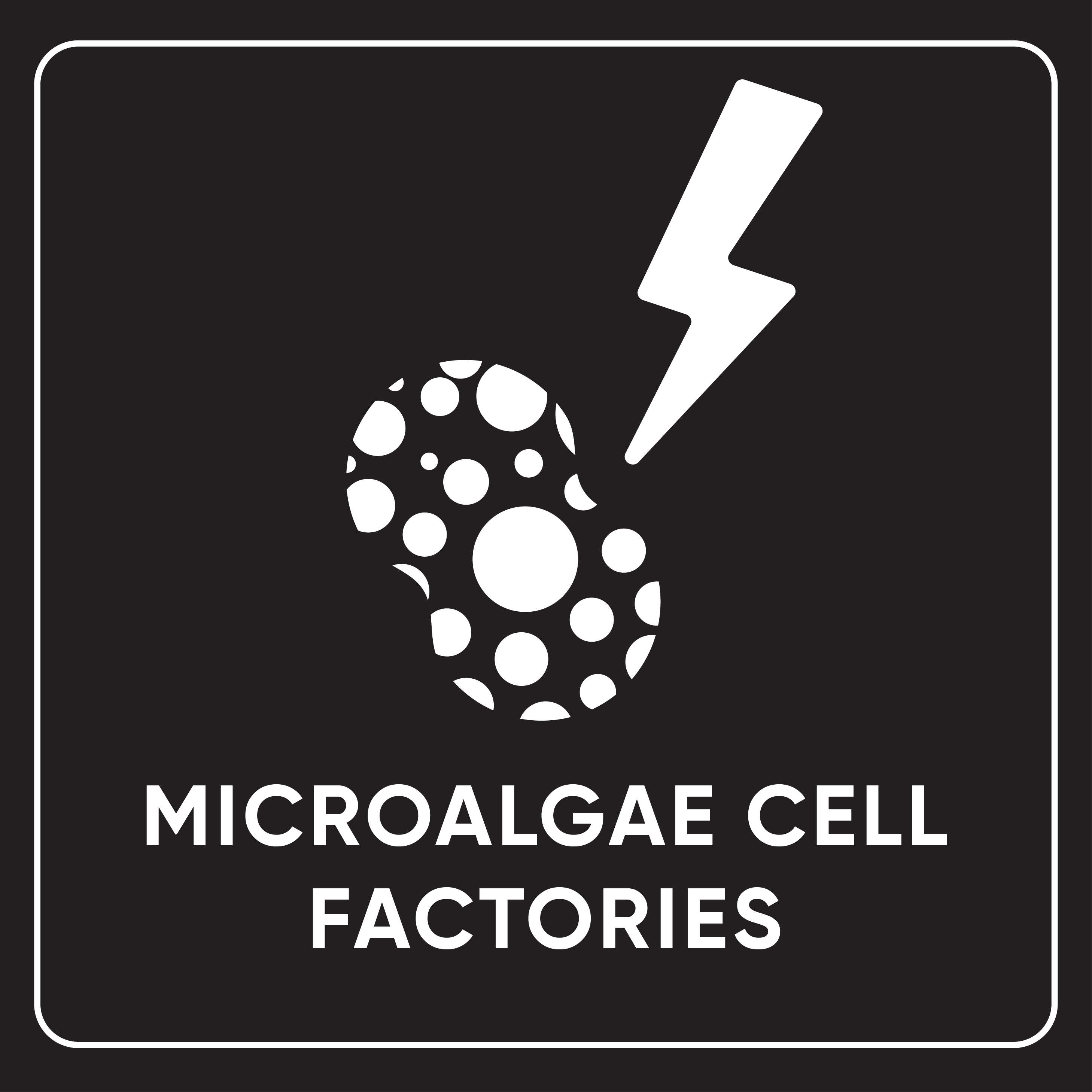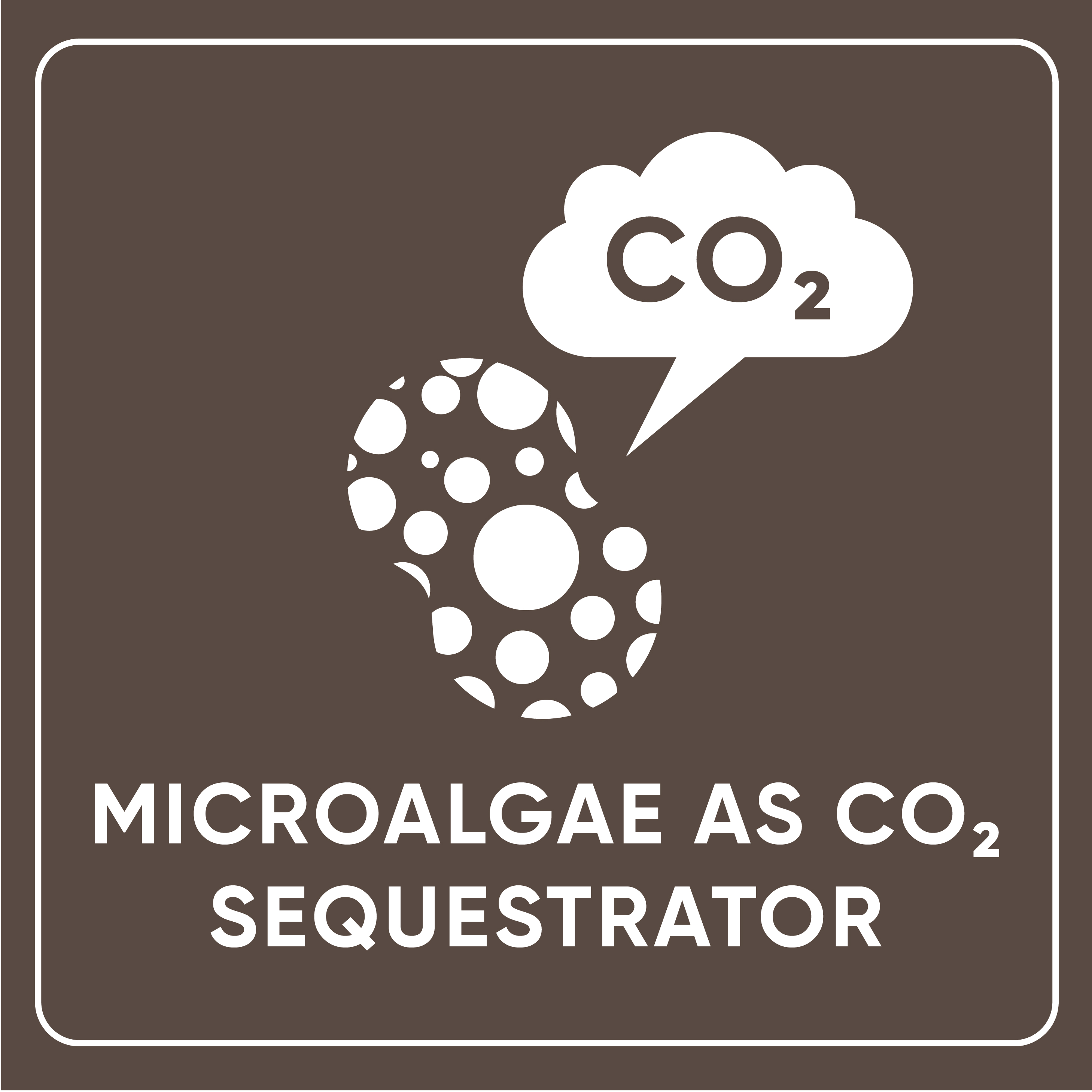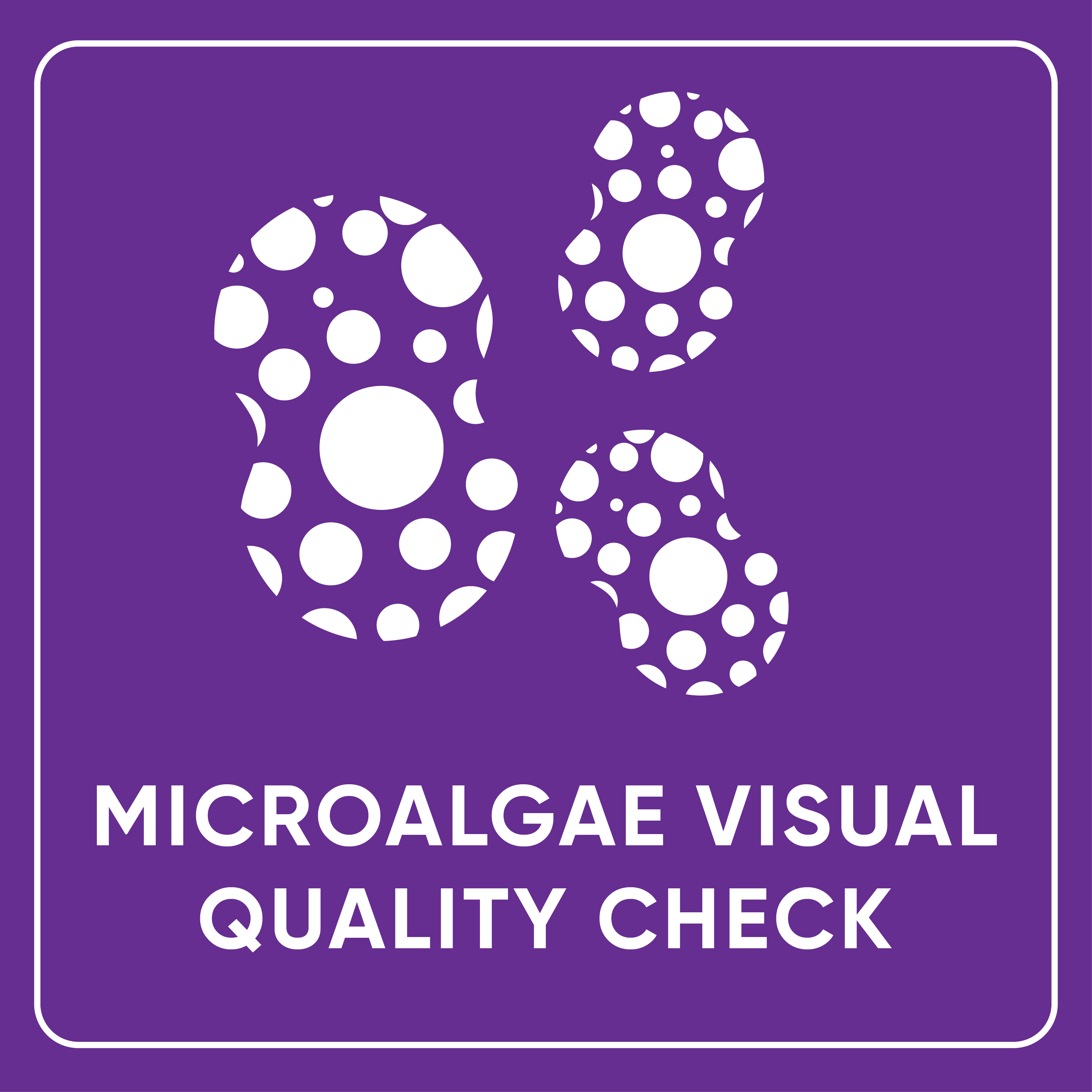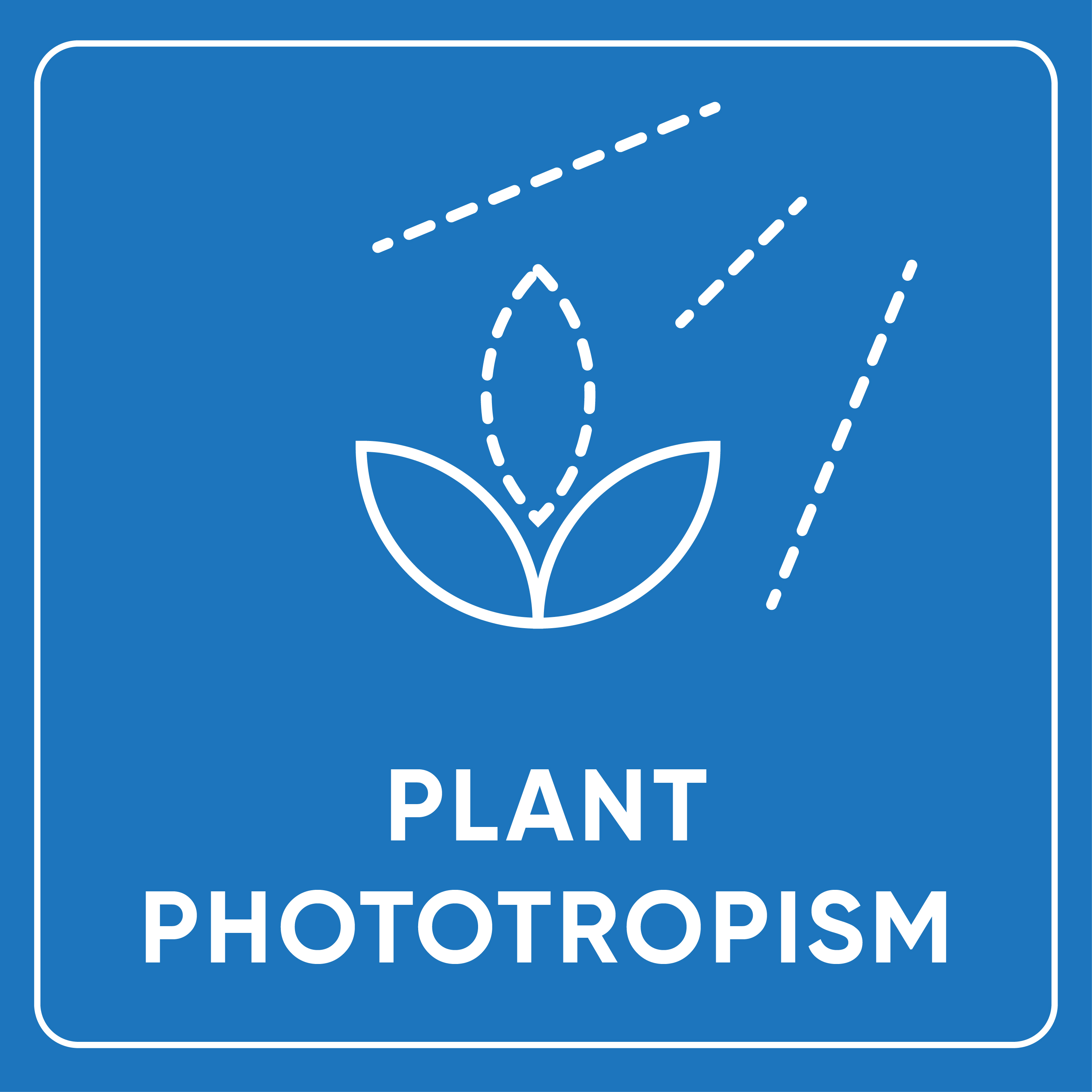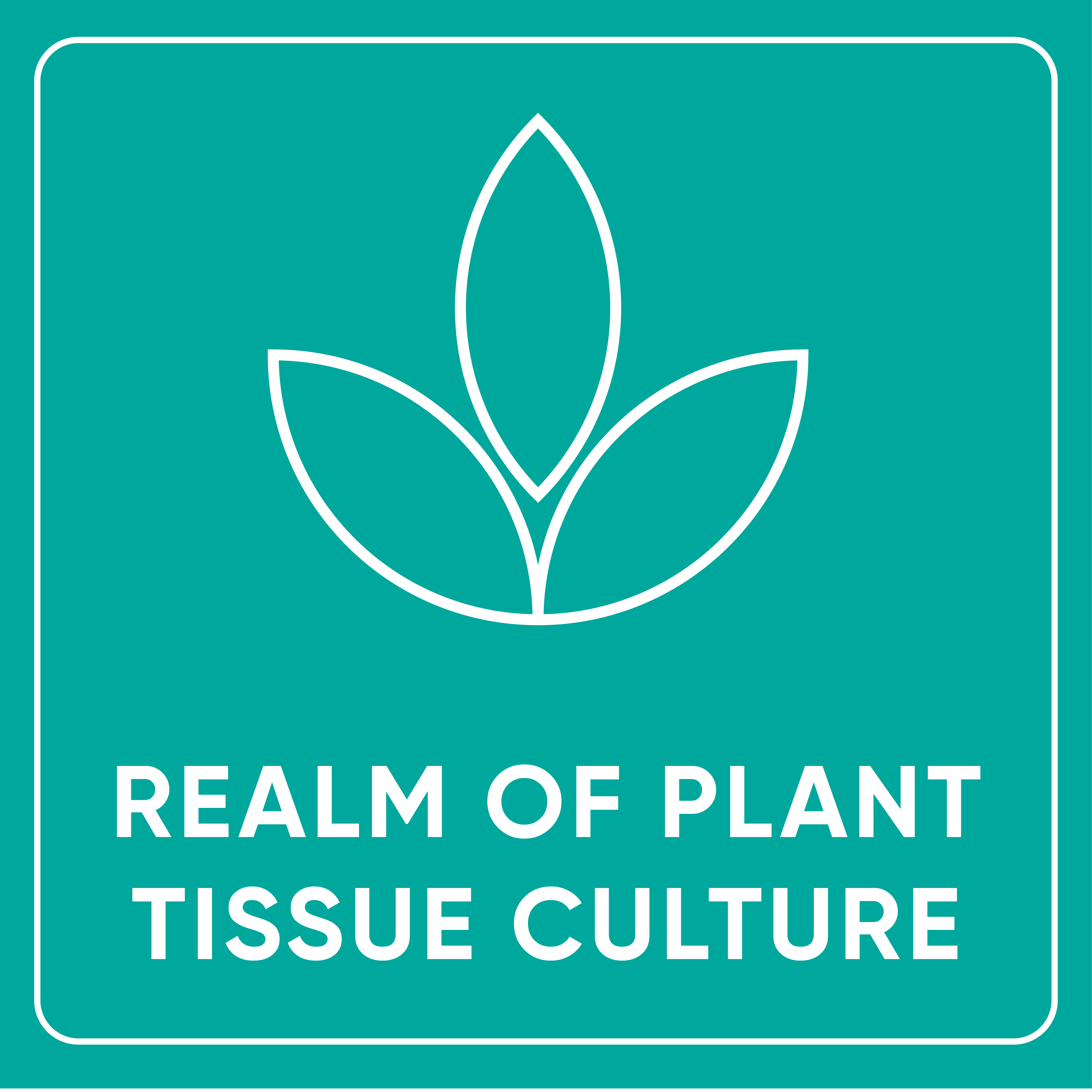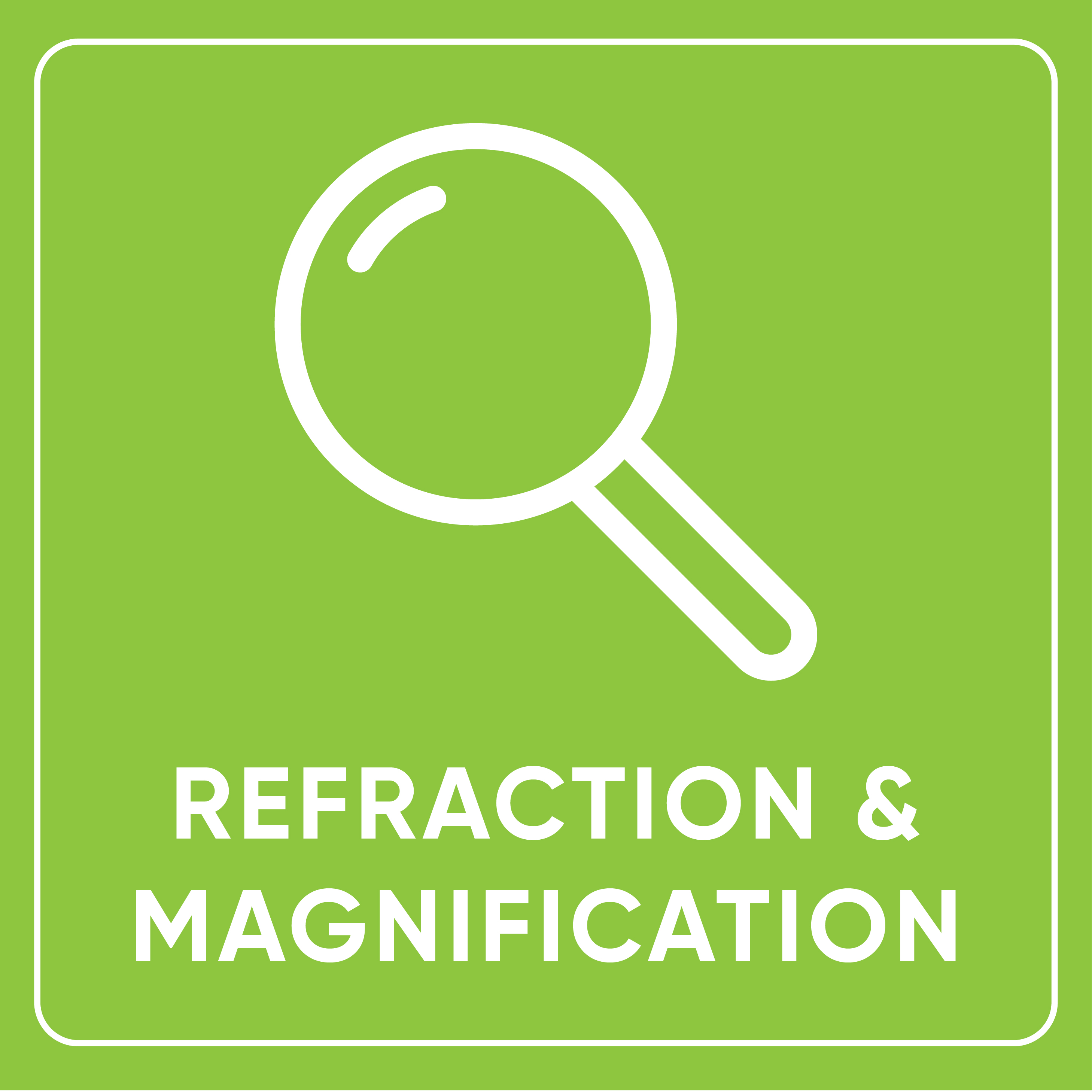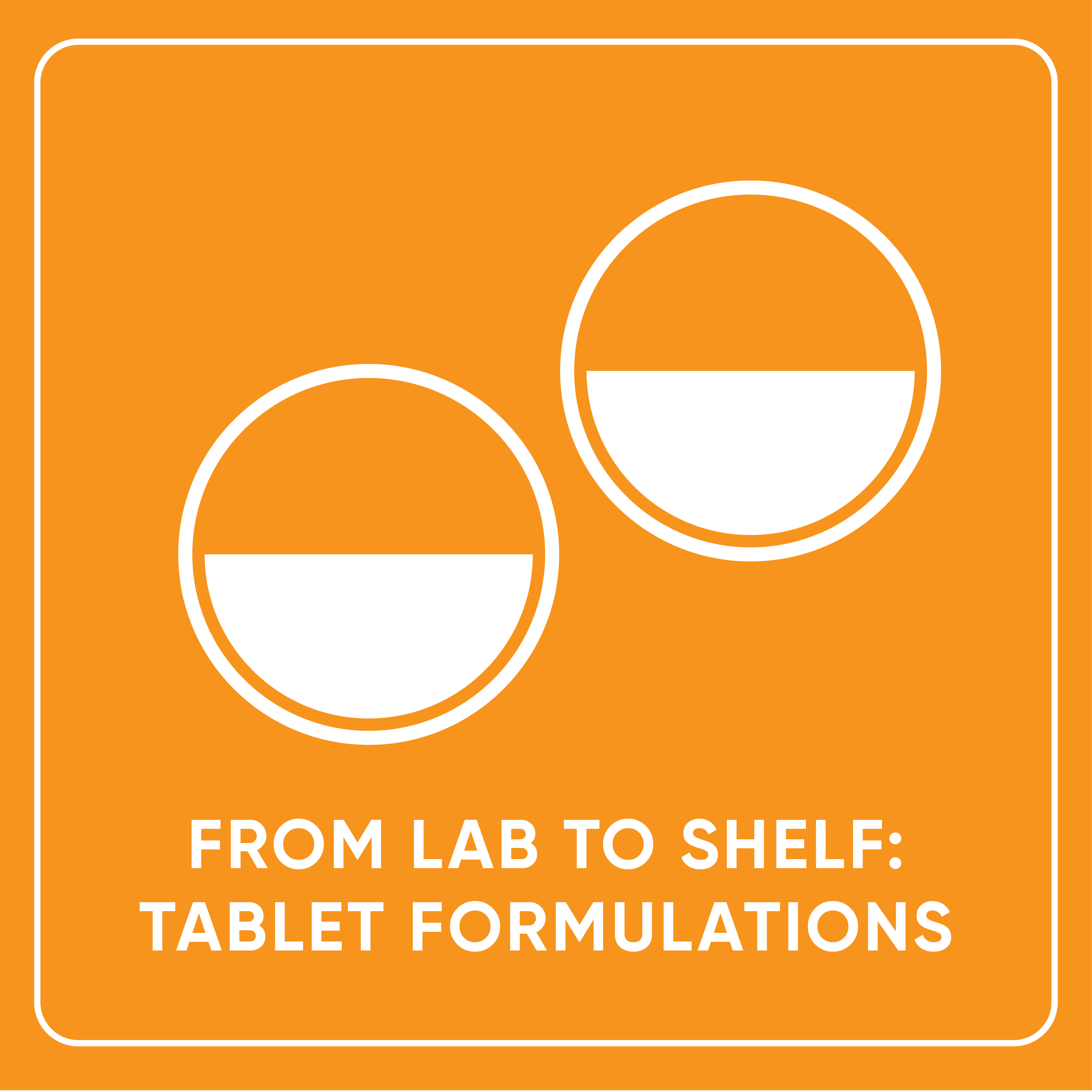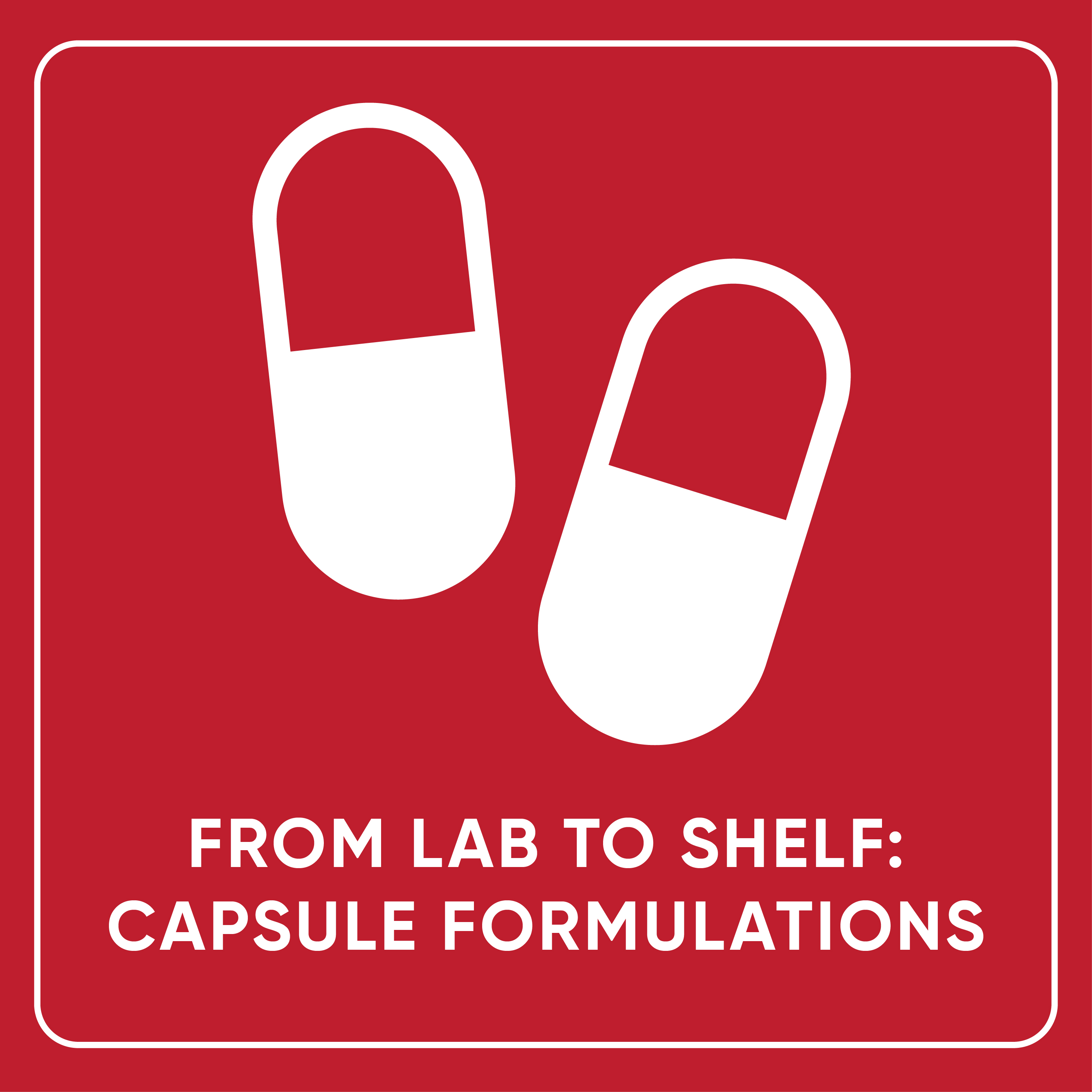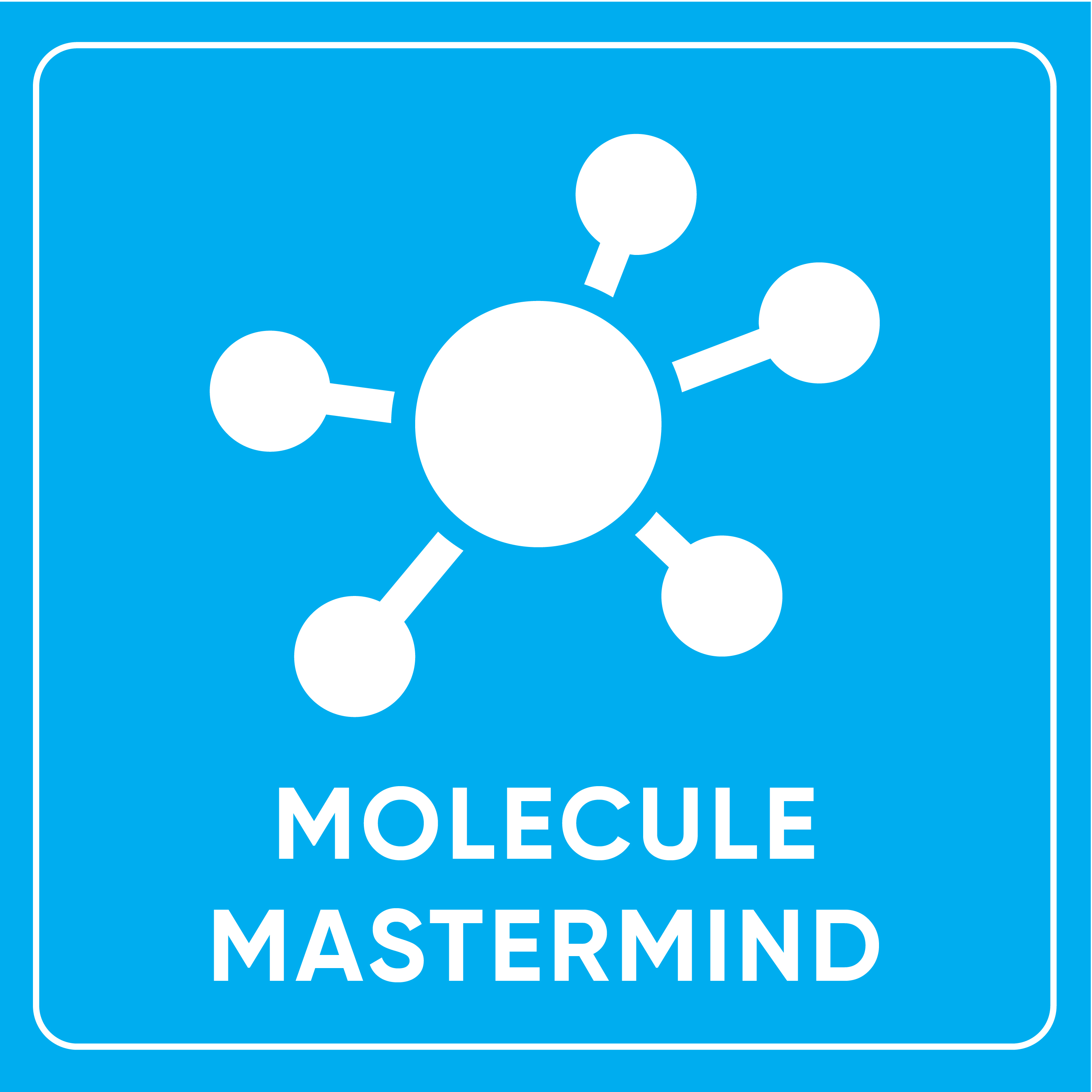Microalgae have the ability to produce hydrogen through biological processes called biophotolysis. During biophotolysis, microalgae absorb sunlight and use it to convert water (H2O) and carbon dioxide (CO2) into organic compounds and oxygen (O2). Some species of microalgae possess enzymes called hydrogenases, which can split water molecules into hydrogen ions (protons) and electrons. These electrons can then be used to produce hydrogen gas.
To produce hydrogen using biophotolysis, microalgae are cultivated in enclosed containers. Selection criteria include choosing microalgae species proficient in hydrogen production, efficient sunlight utilization, and adaptability to various environmental conditions. Throughout their growth, microalgae derive energy from sunlight to produce hydrogen.
Several factors influence the efficiency of this process, including light intensity, temperature, nutrient availability, pH levels, and the presence of specific enzymes. Optimizing these conditions is essential to maximize hydrogen production.
Participants understand that microalgae have the potential to generate biohydrogen, which represents a promising avenue for generating clean energy.








